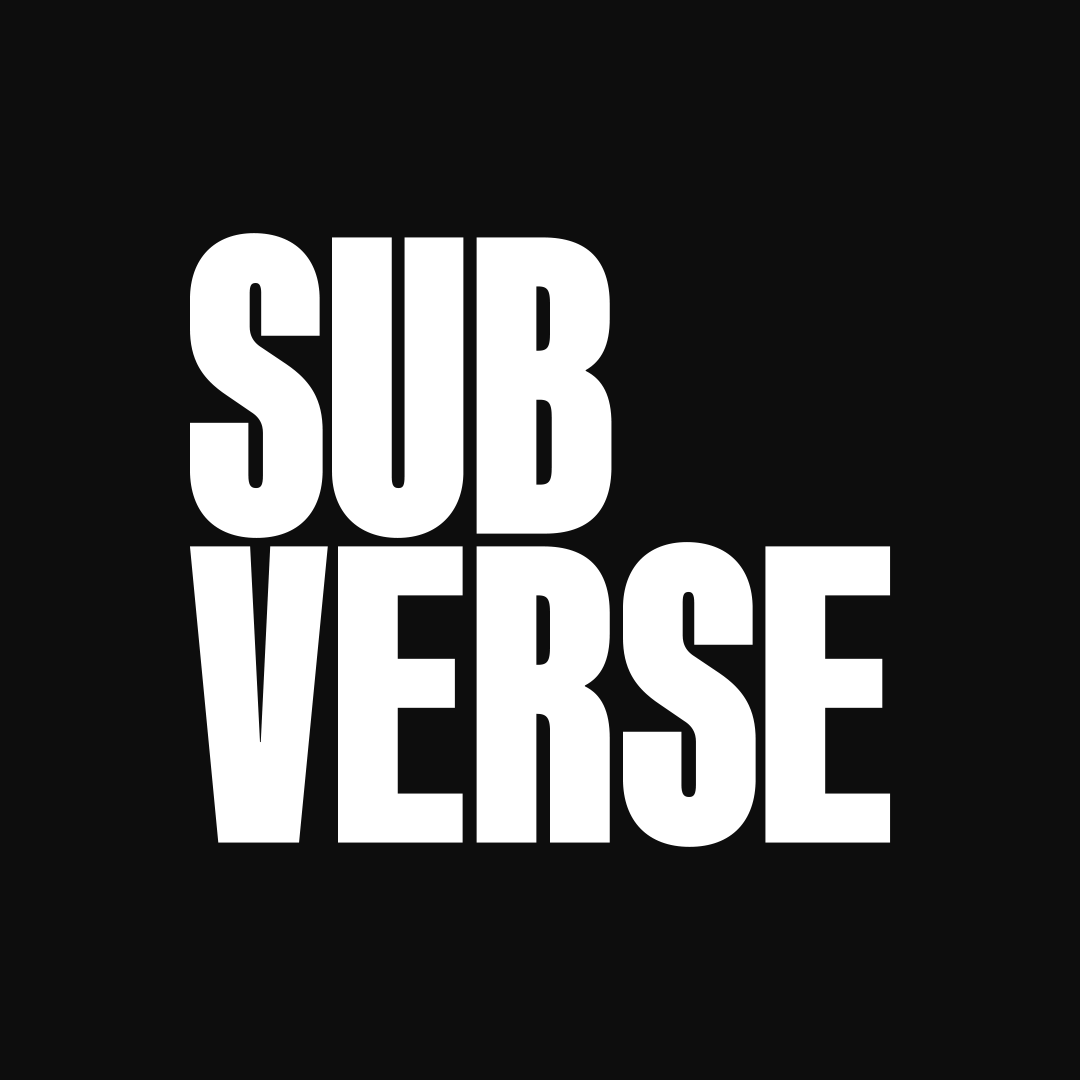What happens when a story about emotional and technological collapse struggles to hold itself together? Can a film that fails to clearly communicate its message still succeed in stirring something meaningful in the viewer? These were the questions I found myself wrestling with after watching Netflix’s adaptation of The Electric State, a post-apocalyptic sci-fi journey that feels both expansive and elusive, like a signal struggling to get through.
Based on the haunting and beautiful illustrated narrative by Simon Stålenhag, The Electric State sets out to adapt a world where broken robots and decaying tech litter the landscape—remnants of a failed civilization and deeper personal losses. It’s a story soaked in grief, saturated with a quiet kind of loneliness, and deeply concerned with how technology reshapes our relationships with each other and ourselves. On paper, it’s a timely and poignant meditation on modern life. But on screen? The translation feels scattered, unsure, and—ironically—disconnected.
A Heavy Inheritance: The Burden of Source Material
To understand why the film falters, you have to understand what made the source material so compelling. Stålenhag’s illustrated work doesn’t hit you over the head with exposition or dramatic dialogue. It immerses you in a world that’s fallen apart in familiar, quiet ways: crumbling infrastructure, fading signals, and wandering people too numb or too broken to process the magnitude of their collapse. There’s a slow-burning grief in every brushstroke, a loneliness that feels deeply familiar in our hyper-connected yet emotionally fractured age.
That restraint is part of what makes the original work so powerful. It doesn’t ask you to understand—it asks you to feel. In contrast, the film adaptation struggles under the weight of needing to explain itself. What was once suggested through sparse imagery is now rendered in bold strokes, over-explained in some places and underdeveloped in others.
Too Much Signal, Not Enough Noise
The film is clearly ambitious. It attempts to tackle major themes: the inevitability of technological dominance, the rise of authoritarian control through machines, the slow disintegration of family and community bonds, and the raw, paralyzing experience of grief. All of these are worthy, timely ideas. But instead of layering them into a cohesive emotional arc, the film often drops them in rapid succession, without giving them the space to breathe.
It’s as if each theme is trying to shout over the other, leading to a kind of narrative static. The result? A film that is conceptually loud but emotionally quiet. Viewers are left trying to hold onto something real, something grounded, in the midst of overstimulation. The aesthetics feel caught between a YA road movie and a dystopian art piece, which further blurs the intended tone. The candy-colored palette softens the severity of its subject matter—so much so that the gravity behind the film’s very title gets lost in translation.
As one critic noted, the movie seems to want to appeal to everyone: families, fans of prestige sci-fi, and casual viewers. But in trying to speak to all, it connects deeply with none. This is especially frustrating because, beneath the surface, the film is trying to say something important.
Disorientation as a Mirror to Modern Life
Despite its flaws, I found myself wondering if the film’s disjointed nature might actually be unintentionally reflective of the world it depicts—and, by extension, the world we live in now. We are constantly bombarded by information, trapped in feedback loops, and pulled in conflicting emotional directions. The chaos of modern life rarely comes with tidy conclusions or linear resolutions. In that light, maybe the fractured storytelling mirrors the overwhelm of trying to make sense of too many things at once: grief, technology, disconnection, memory.
That doesn’t mean the film intended to disorient you. But sometimes, meaning isn’t just in the artist’s hand—it’s in the receiver’s interpretation. A piece of art can fall short on clarity while still succeeding in resonance. It can be messy, even confusing, and still linger in your mind for days—not for what it said clearly, but for what it forced you to wrestle with on your own terms.
So while I can’t say The Electric State moved me in the way the filmmakers likely intended, it did leave me pondering the act of connection—how art reaches out to us, and how we try to bridge the gap back to it.
The Strange Power of Unresolved Art
There’s something interesting about art that misses the mark but still stays with you. In a way, it challenges the belief that effectiveness in storytelling must always come from polish and precision. Some of the most unforgettable pieces of media are the ones that leave you unsettled, confused, or even disappointed—but also thinking.
This film, for me, became less about what it was showing on screen and more about what it surfaced internally. I found myself reflecting less on the protagonist’s journey and more on my own relationship with attention, with grief, with the digital noise of everyday life. I thought about the signals we put out—text messages, social media posts, even films—and how often they fail to truly connect.
It reminded me of other films and stories that have generated similar feelings: Children of Men, Her, Under the Skin. All are stories of disconnect and longing, and all share a kind of atmospheric fragmentation that invites contemplation over clarity. But those works also trusted their silence. They gave space for discomfort. The Electric State wants to do that but seems afraid to fully commit, afraid the audience might drift off if it doesn’t keep talking.
Missing the Message—or Multiplying It?
It’s easy to look at a messy piece of art and label it a failure. But maybe that’s too narrow a lens. Perhaps what we’re really encountering is a new kind of storytelling—one that doesn’t offer conclusions, but collisions. One that isn’t about guiding you to a takeaway, but scattering breadcrumbs for you to assemble into something personal. That might not be what mainstream cinema is built for, but it’s increasingly how modern life feels.
That said, there’s a difference between intentional ambiguity and narrative overload. The former invites reflection. The latter risks disengagement. The Electric State walks that line, and often slips. There’s no denying that it left many critics cold—and it’s understandable why. It’s a $320 million film that looks like a dream but talks in riddles. And yet, for all its inconsistencies, it gestures toward something real. It made me think about how much of our lives are spent trying to decode fractured messages, hoping for clarity that rarely arrives.
What Stays Behind
When the credits rolled, I wasn’t overwhelmed with emotion or narrative satisfaction. But I also wasn’t empty. I was full of thoughts—some about the film, most about the world around me. I thought about how easy it is to lose sight of each other, even when we’re physically present. I thought about grief as a silent co-pilot in our lives, influencing decisions without ever announcing itself. I thought about how machines don’t need to rise up to destroy us—we can hand over our emotional autonomy one missed connection at a time.
In that way, maybe The Electric State worked—not as a story well told, but as a story imperfectly received. A digital postcard from a broken world that doesn’t quite arrive, but still leaves you wondering who sent it and why.
The Takeaway: When Connection Fails, Reflection Begins
There’s value in imperfection. In a time when algorithms fine-tune our content for maximum engagement, maybe the stories that feel jagged and unresolved are the ones worth holding onto. Not because they give us answers, but because they reflect the messiness of the questions we’re already asking.
The Electric State may not have delivered the focused, emotionally grounded story it aspired to, but it gave me space to sit with disconnection—and to consider how often that very feeling defines our modern experience. And sometimes, that’s the mark of something worth watching.
If you’ve seen the film, I’d love to hear what you took away from it. Did it leave you cold, confused, contemplative—or all of the above? Let’s talk about the stories that don’t hand us easy conclusions. Sometimes, those are the ones that change us the most.

